Let’s go Deutsch – a date with Berlin’s new-wave diners
In the German capital, the diner is being reinvented as a contemporary hub for cosmopolitan flavours, conviviality and near-Nora Ephron levels of delight
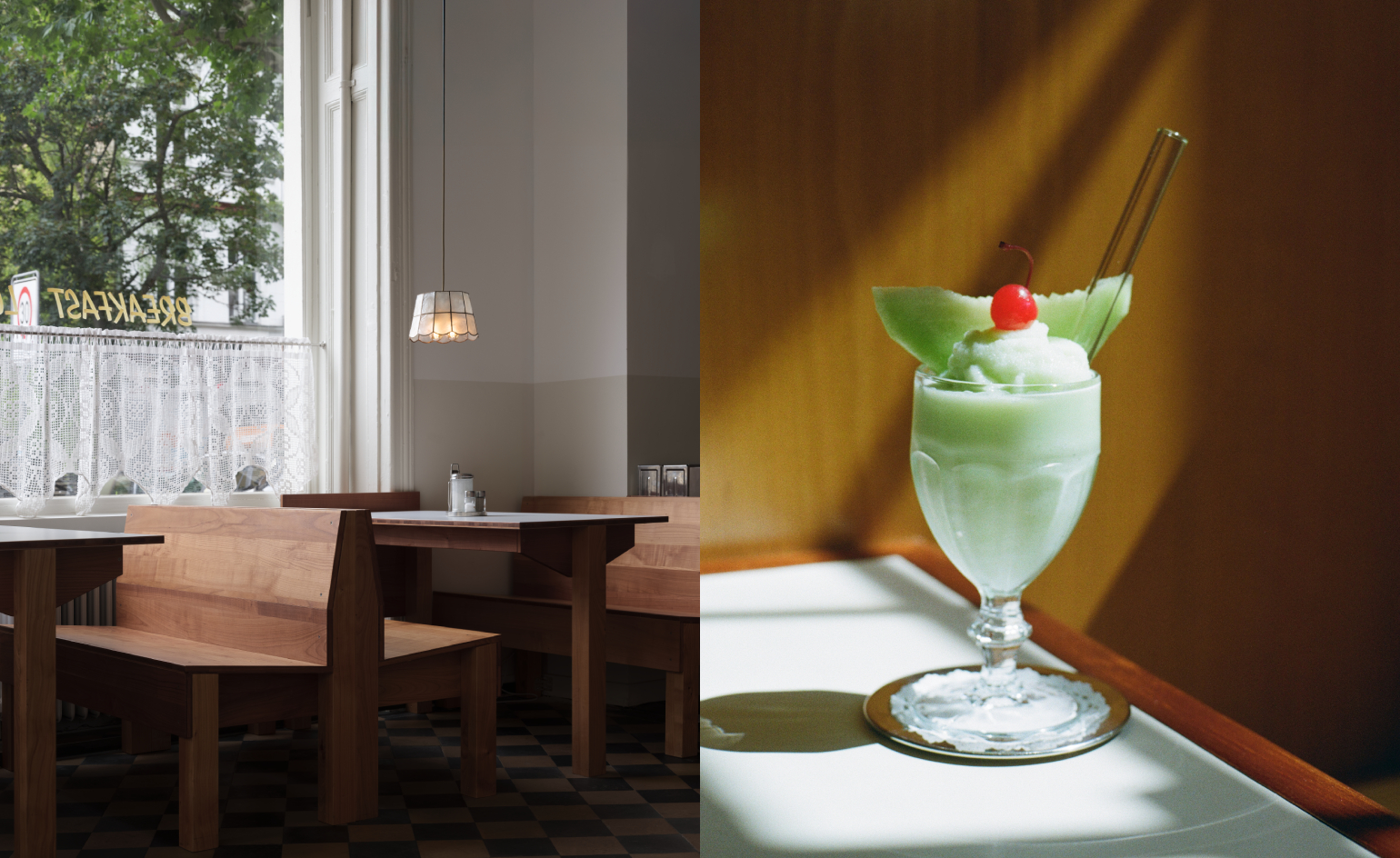
The diner is the ultimate pop culture motif: a neutral no-man’s-land for dialogue between families, friends, lovers and enemies. Its interior uniform of repeating limited-session seating and endearingly predictable menus has punctuated film and television sets alike for decades: from the iconic, orgasmic screenwriting of Norah Ephron and the enigmatic, Journey-soundtracked final scene of The Sopranos, to the subtle symbolism of repeat rendezvous at the Midnight Express in Kar-wai’s breakthrough movie Chungking Express. With each wipe-down of a table or countertop comes the chance to tell a brand-new tale.
The cross-cultural reach of the Berlin diner

Onette
In Germany, where the diner culture ingrained in North America and other European countries has long been usurped by unpretentious curbside snack stands and the smoky back rooms of Kneipen (a form of pub or tavern known for its popularity with residents of the former German Democratic Republic), a new assimilation of international lifestyle habits is emerging in the country’s capital, Berlin, in the form of a string of restaurant openings that borrow their food, interior and menu concepts, to varying degrees of abstraction, from diner-style venues around the world.
A testament to the cultural richness fostered by growing multiculturalism, the visual and culinary codes of North American, Southeast Asian and European diners, delis and cafeterias are deconstructed, simmered and distilled to their essence at Onette, one of Berlin’s most talked-about 2025 openings. Founded by restaurant industry veterans Tamara Siedentopf and Brienne West, and designed by London and Berlin-based architecture practice Studio Bates Rai, the Schöneberg eatery-cum-wine bar is a sanctuary of light, with sunshine cascading through large windows over a painstakingly proportioned interior of identical booths and bar stools.
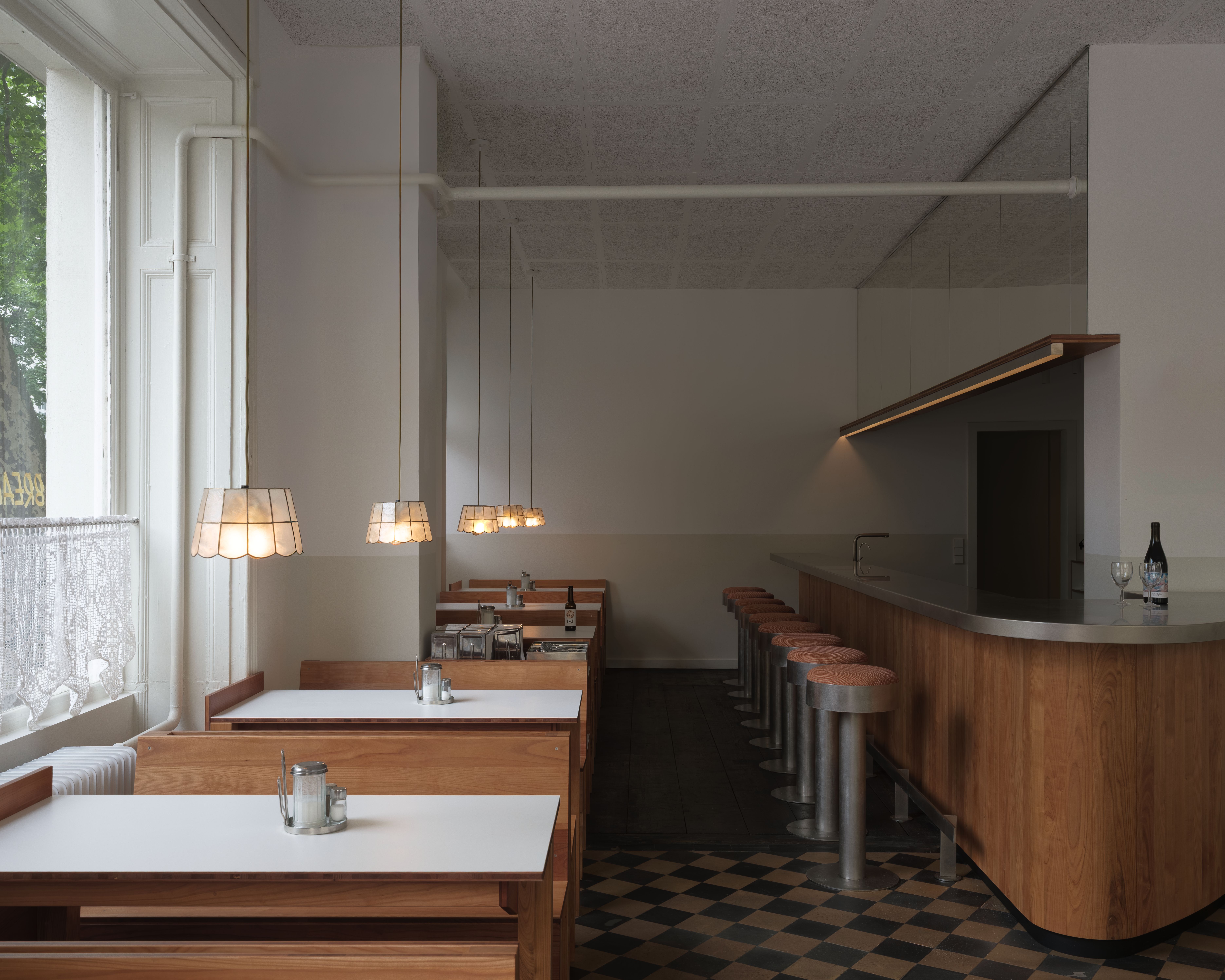
Onette
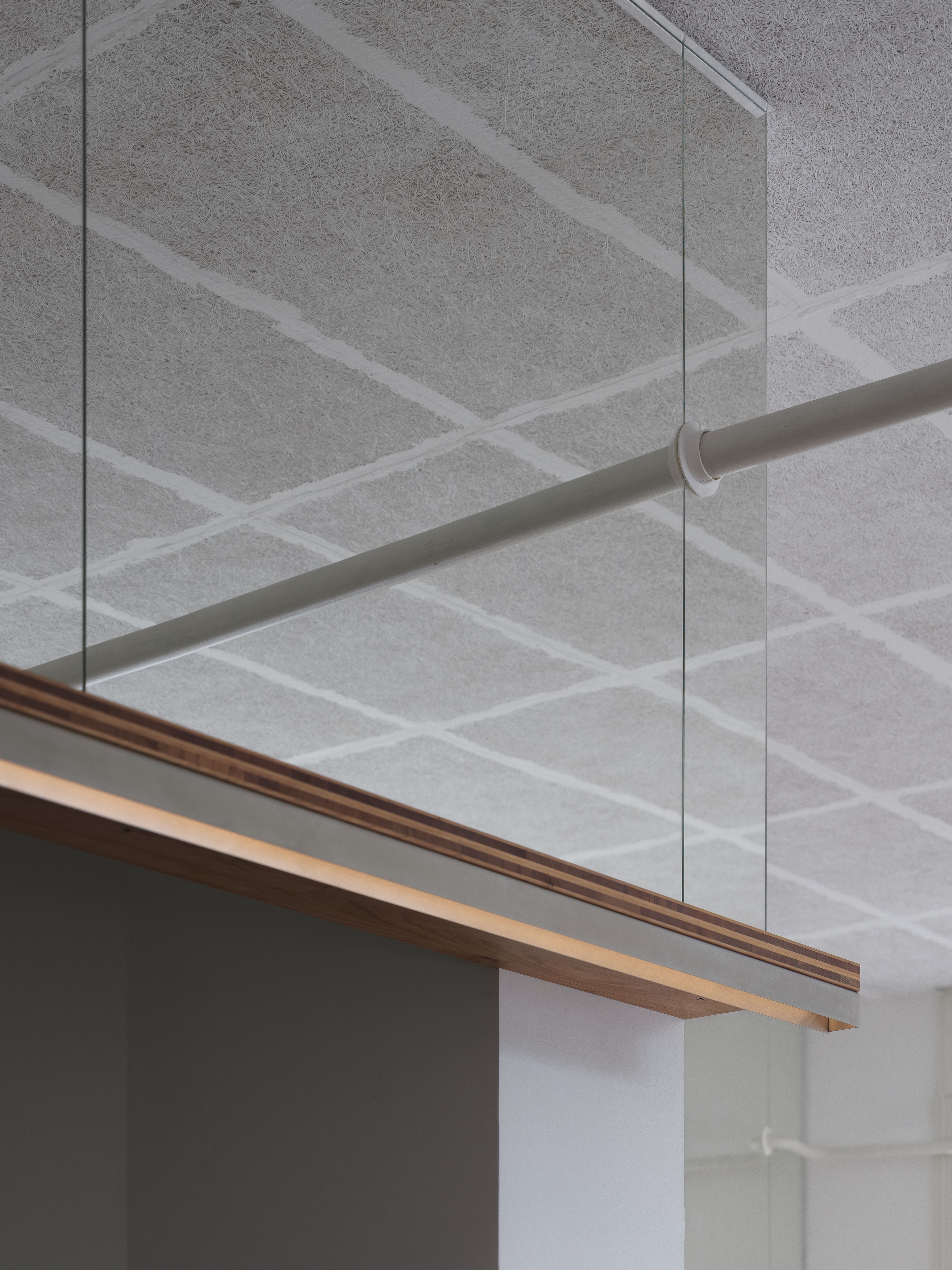
Onette
As architect and Studio Bates Rai co-founder Thomas Bates explains, the concept and design approach for this new foodie hotspot is anchored in an evocative use of materials and a carefully cultivated ambiguity – one that invites guests to project their own expectations and interpretations onto the space, free from the influence of visual clichés. He explains, ‘The danger of designing diners is that you can fall into a pastiche position, with red upholstered seats and chrome everywhere. We were really conscious that we didn’t want to do that.’ By breaking down the material and spatial DNA of these long-held aesthetic stereotypes, Onette’s architects – who are also responsible for the design of London’s new favourite ice cream and wine spot The Dreamery – were able to deliver something brand new that still manages to resonate with those familiar with the classic format.
‘We looked at very different geographical diners – Southeast Asian, British, American. Taking that breadth of ideas gives you the space to make something new and contemporary’
Thomas Bates, architect, on the design of Onette
‘It’s about the level of comfort, the size of the table, and that sort of intimacy,’ says Bates. ‘We looked at very different geographical diners – Southeast Asian, British, American – because there’s common ground between all of them, but they’re actually quite different. Taking that breadth of ideas gives you the space to make something that can feel new and contemporary.’ Vintage pendant lamps from California illuminate each bright white booth table, while antique café curtains, sourced from Lithuania, accent the bespoke furniture and central bar area with an ode to the city’s historic Eastern European influences.

Onette
While the team behind Onette’s abstraction of aesthetic codes has consciously veered away from prescriptive ideas of what a diner should be, chef Arianna Plevisani leaned into cinematic motifs while self-designing her new, and already much-loved, Kreuzberg restaurant, Ari’s, where red banquet seating and an open kitchen serve as an unspoken invitation to gather without the pressures of formality.
‘I joke that Ari’s is a Peruvian sandwich shop hidden in a diner’
Arianna Plevisani, founder of Ari’s
Originally from Peru, and having lived and worked in New York City before moving to Berlin 14 years ago, Plevisani once dreamt of a career in filmmaking. Exploring her love of the diner as a cultural concept, she explains, ‘I think the idea of the diner as this setting for life was really imprinted in my brain. I joke that Ari’s is a Peruvian sandwich shop hidden in a diner. But it’s not really a joke. I just think that the diner is a great vessel for any kind of immigrant cuisine, and always has been.’
Receive our daily digest of inspiration, escapism and design stories from around the world direct to your inbox.

Ari’s
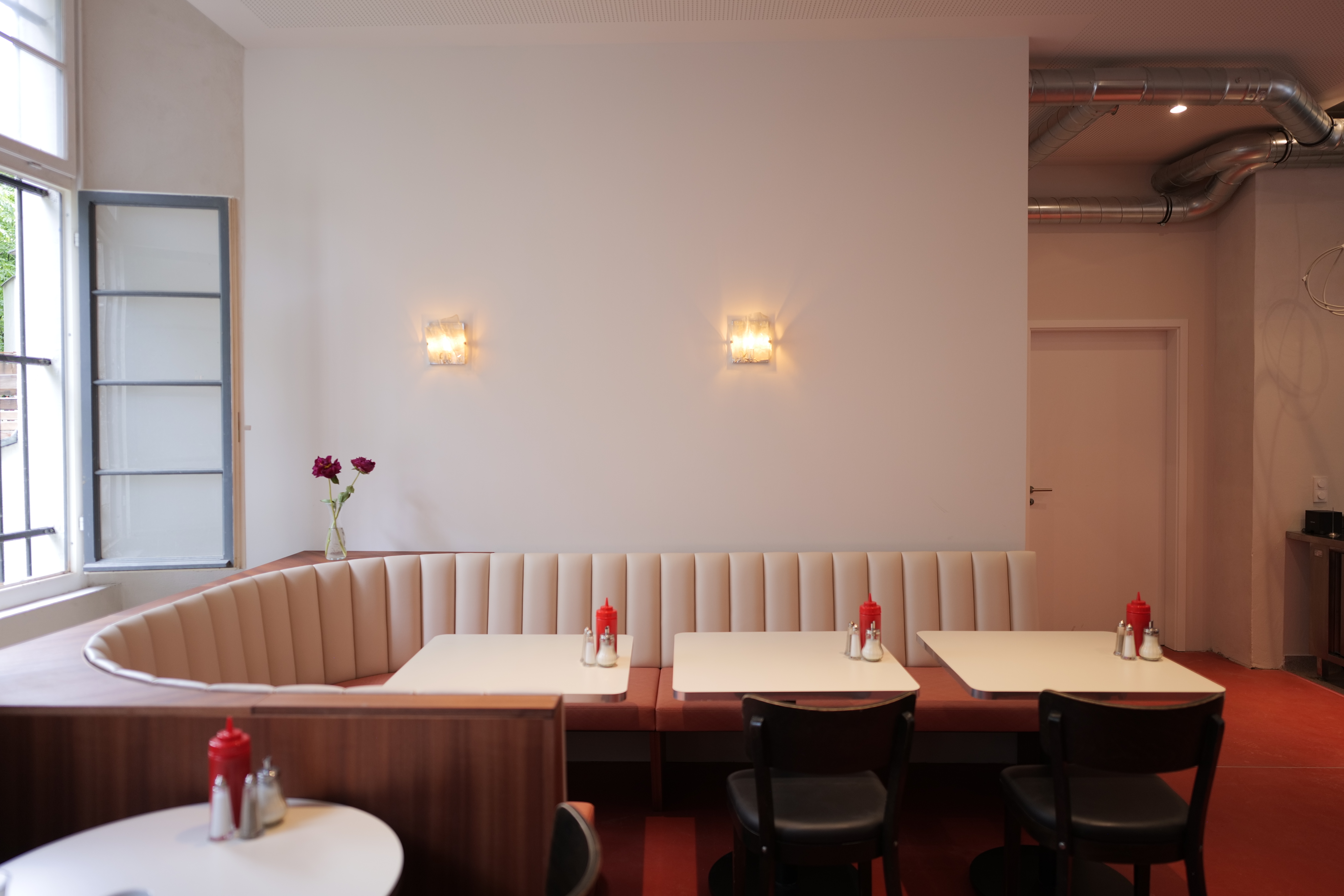
Ari’s
While she has collaborated with friend and artist Laura Schusinski to refine her vision, as well as enlisting the skills of local carpenter Rainer Spehl, Ari’s was born of Plevisani’s own fantasy and is rife with artefacts of her passion, such as wall lights handmade by her and a kitchen configured to her specific working ideals. ‘I opened the restaurant that I wish existed,’ she says. ‘From my love of movies. From the food that I want to eat on a daily basis.’
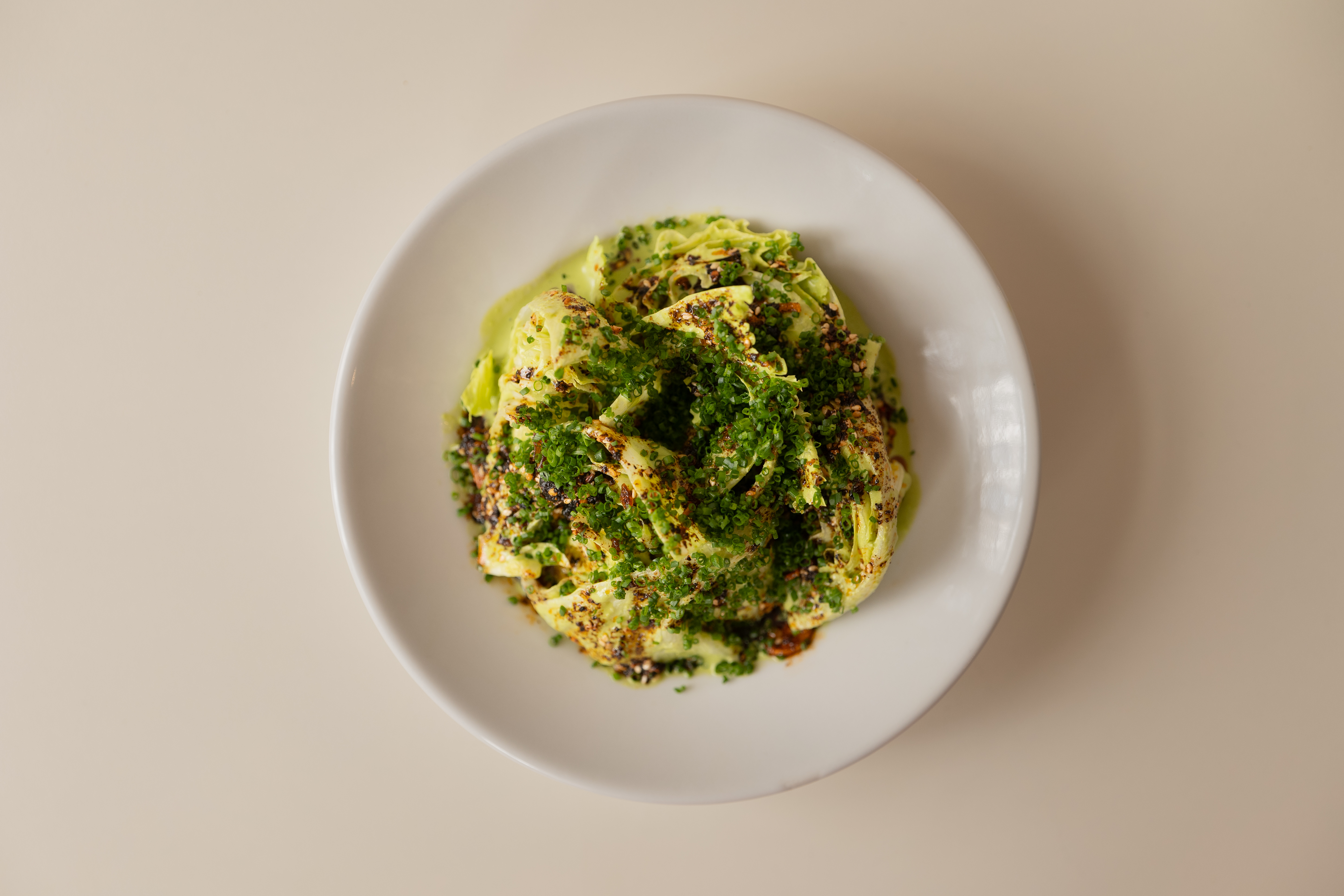
The Green Goddess at Ari’s
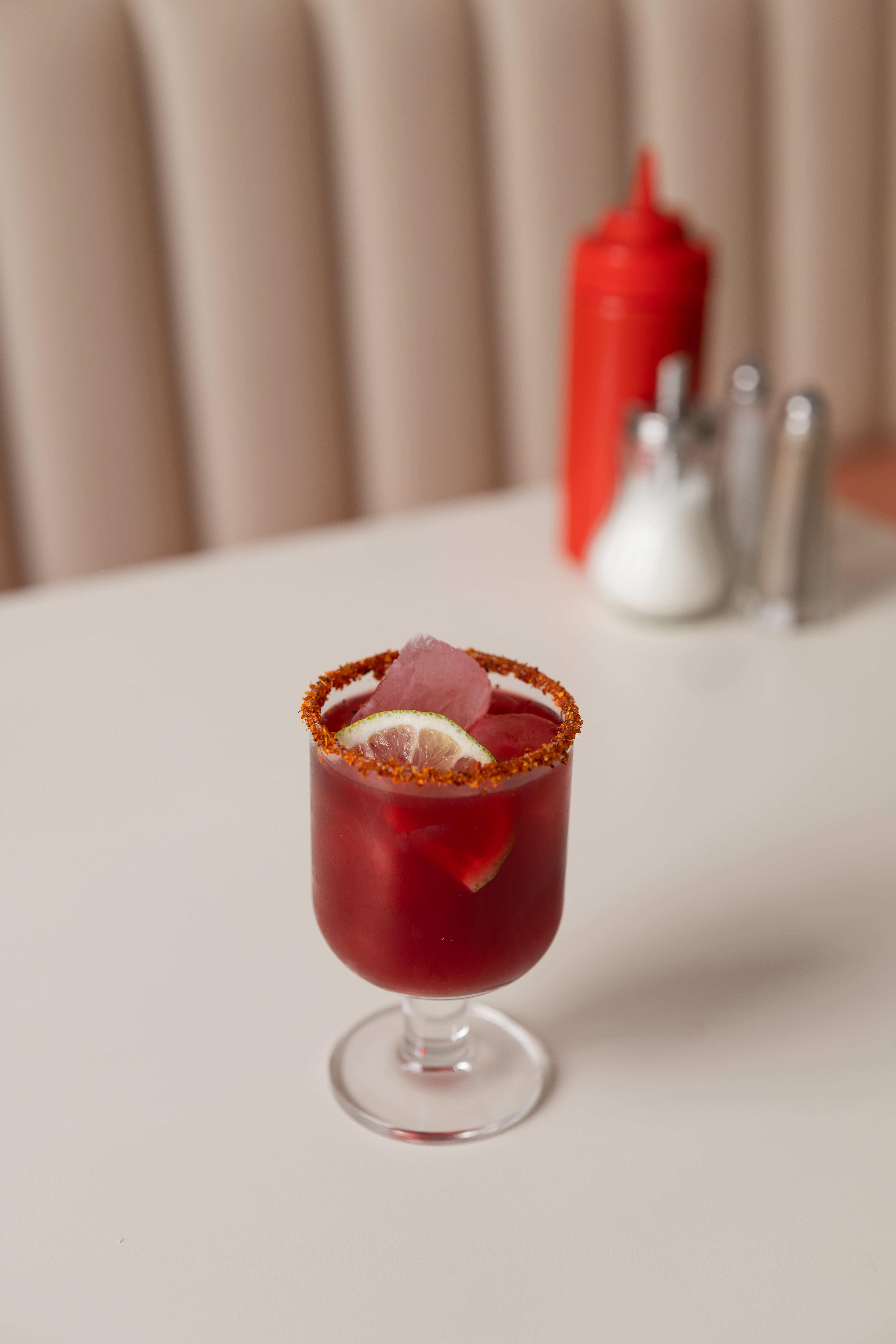
Chicha morada, a non-alcoholic Peruvian drink, at Ari’s
Onette and Ari’s are the most recent names to break into the emerging Berlin diner scene, and both capture the synergy of culture, custom and community, but it was Dashi that laid its foundations. A physical manifestation of the friendship that connects co-founders Thu Thuy Pham and Phuong Thao Westphal, Dashi diner’s first location – opened in 2022, in the Mitte district of Berlin – celebrates the Japanese culinary concept of ‘yōshoku’, wherein Western dishes are infused with notable Japanese flavours. For the two restaurateurs, who share a Vietnamese-German background, building a menu within the internationally translated diner format has allowed them to play with both Eastern and Western food influences, without the pressure of so-called ‘authenticity’.
‘Inspired by Western-style cafés in Asia, our menu and aesthetic evoke a certain nostalgia and provide an escape’
Thu Thuy Pham and Phuong Thao Westphal, co-founders of Dashi
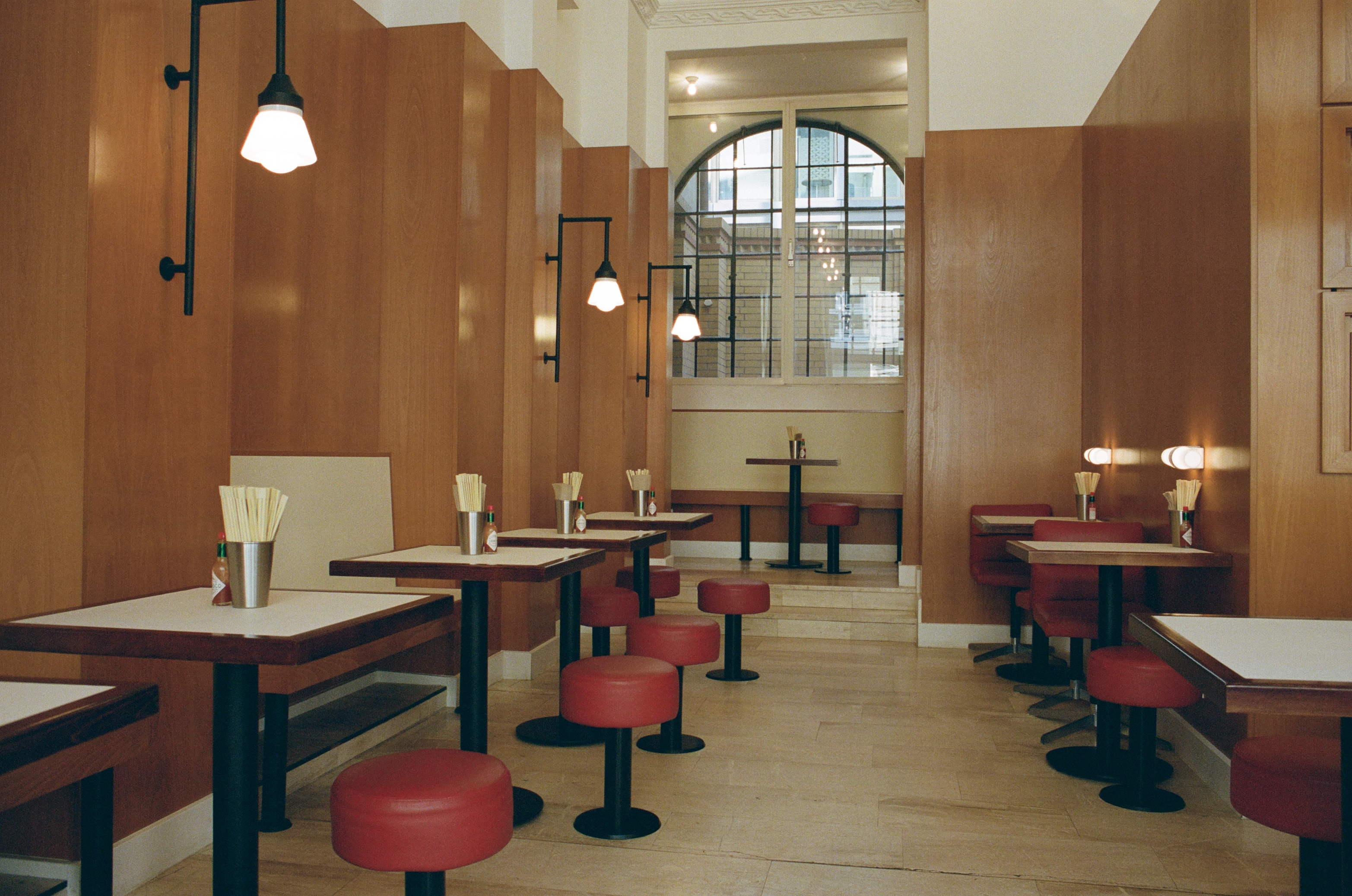
Dashi
The duo explain, ‘As Vietnamese-born women living in Germany, our personalities, experiences and tastes exist in a cross-section of Western and Eastern food and culture. Inspired by Western-style cafés in Asia, our menu and aesthetic evoke a certain nostalgia and provide an escape from everyday stresses while simultaneously opening conversations around food, looking toward the past, present and future.’

Dashi
Having kick-started the German capital’s newfound love of diner-style dining, Dashi launched a second location, in Charlottenberg, in 2024 – just a few months before restaurateur Shabnam Syed opened the doors to Neukölln’s Desi Diner.
‘It’s a nod to nostalgia, but reimagined through my perspective, with South Asian influences and Berlin’s contemporary energy’
Shabnam Syed, founder of Desi Diner
Located on the banks of one of the city’s famous canals, Syed’s almost psychedelic, pastel-hued community hub embraces the codes of the classic diner while reimagining it through her own cultural lens. Honing in on the tactile nuance of diner-design DNA, she explains, ‘For me, a diner isn’t really a diner without a menu board. That idea became the focal point of the space: I worked with my brand designer, Rocketfuelled, on the lettering and overall identity, and collaborated with the industrial design studio Überdruck3D, who built and fabricated the piece. It’s a nod to nostalgia, but reimagined through my perspective, with South Asian influences and Berlin’s contemporary energy’.

Desi Diner
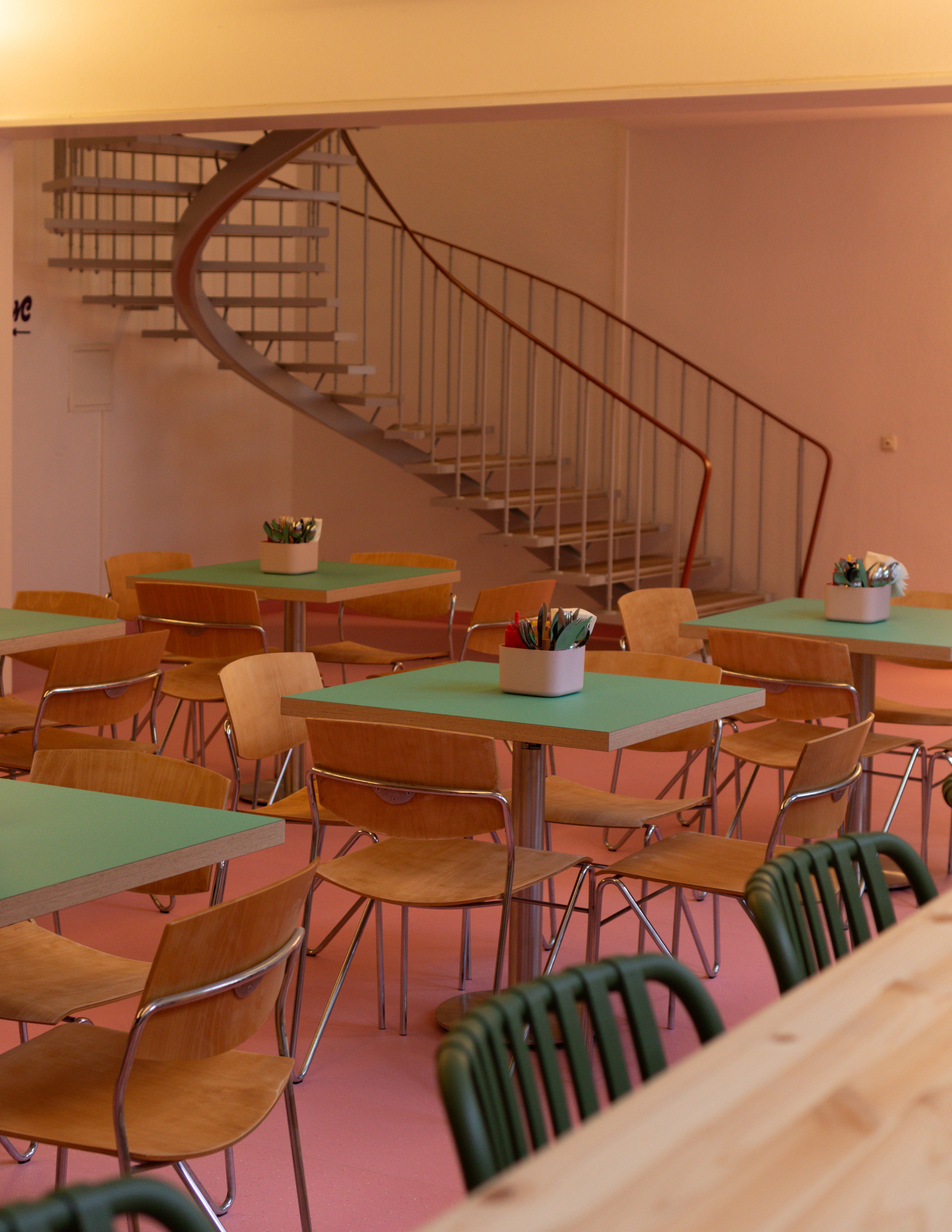
Desi Diner
With more than three decades of reunification under its belt and an increasingly culturally diverse population, the gusto with which Berlin’s new contemporary diner scene has found popularity signifies a voracious appetite for global culinary influences, and the communal spaces where people from all corners of the city and world can congregate and enjoy them. In the shadow of a political landscape that is increasingly sowing the seeds of division, kitchens throughout the capital are emerging as spaces where cross-cultural conviviality holds the power to bring people together.
Milly Burroughs is a Berlin-based writer and editor focused on art, design and architecture. As Arts Editor at 10 Magazine Deutsch, and a regular contributor to AnOther, Dazed, It’s Nice That and others, she explores creativity, culture and the ideas that move and connect us across disciplines.
-
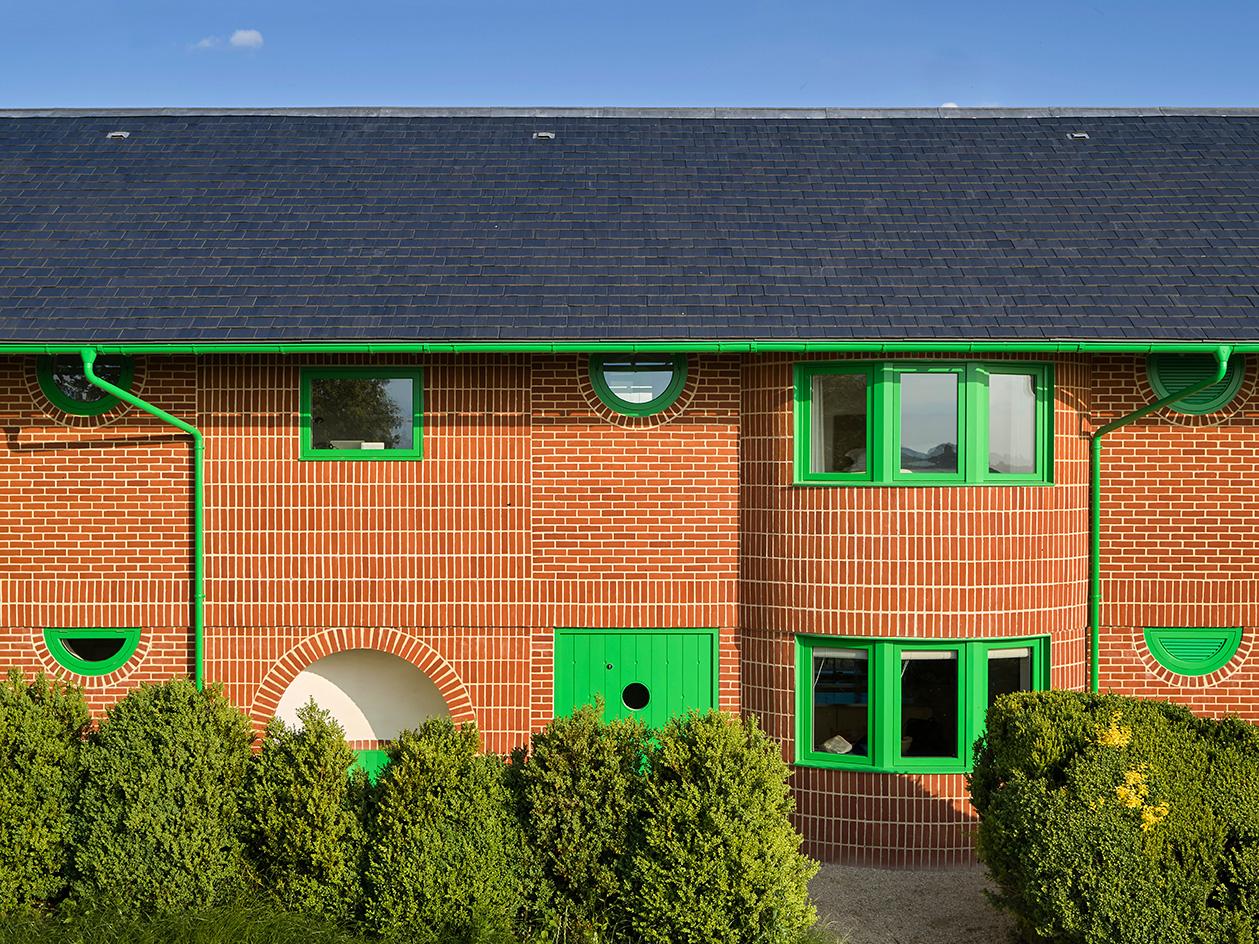 David Kohn’s first book, ‘Stages’, is unpredictable, experimental and informative
David Kohn’s first book, ‘Stages’, is unpredictable, experimental and informativeThe first book on David Kohn Architects focuses on the work of the award-winning London-based practice; ‘Stages’ is an innovative monograph in 12 parts
-
 Jaguar spotlights five emerging artists in its inaugural Arts Awards
Jaguar spotlights five emerging artists in its inaugural Arts AwardsThe new Jaguar Arts Awards in partnership with London’s Royal College of Art embody a shared drive to nurture new talent; meet the 2025 winners
-
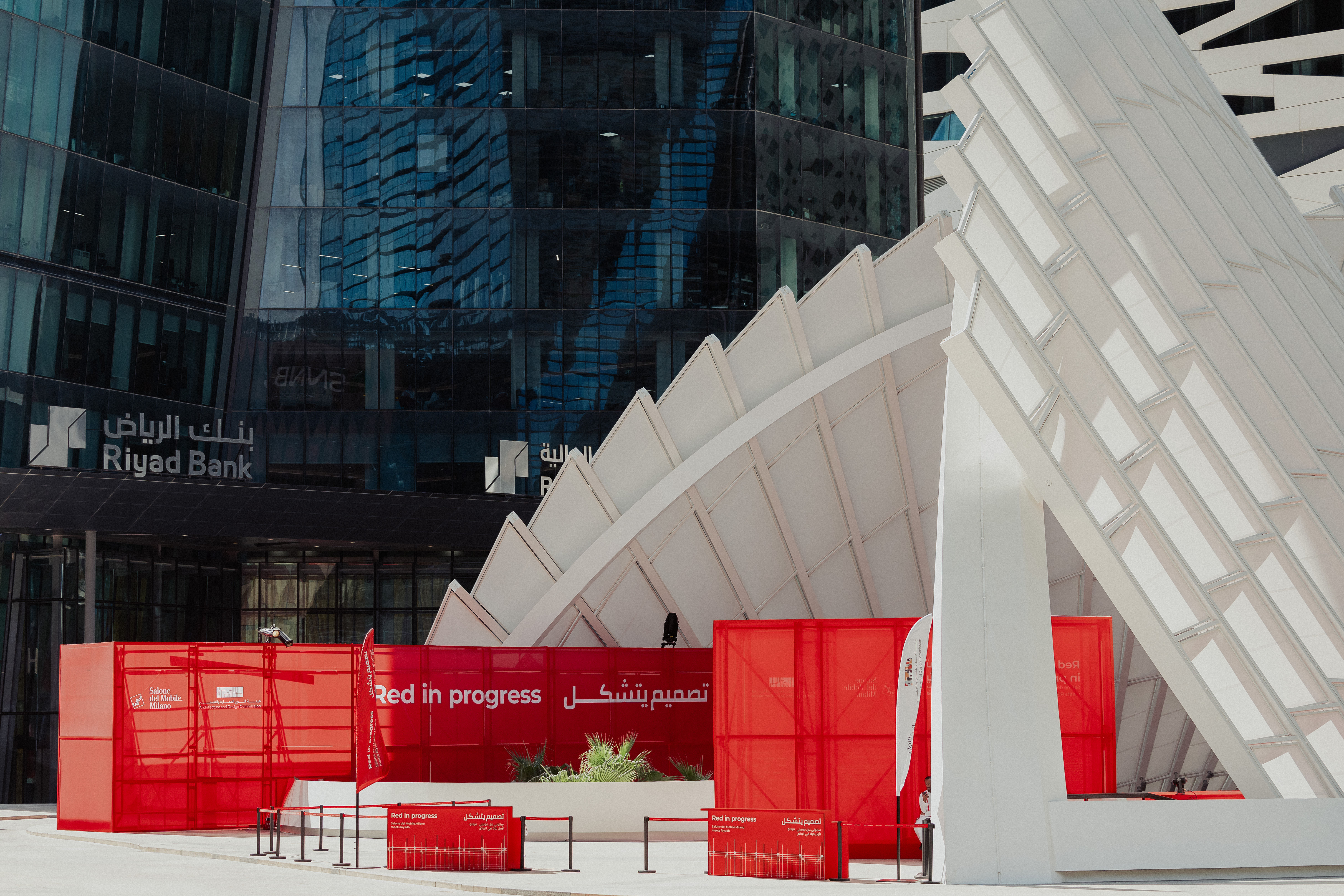 ‘Locally anchored and globally conversant’: Salone del Mobile debuts in Saudi Arabia
‘Locally anchored and globally conversant’: Salone del Mobile debuts in Saudi ArabiaSalone del Mobile lands in Riyadh (26-28 November 2025), bringing its creative and manufacturing know-how to one of the world’s fastest-growing markets and setting the stage for Italo-Saudi design relations
-
 A luxurious new floating hotel redefines the European riverboat experience
A luxurious new floating hotel redefines the European riverboat experienceQuietly cruising the Rhine, Main and Danube, new Hecker Guthrie-designed vessel Solara is the latest addition to the APT fleet
-
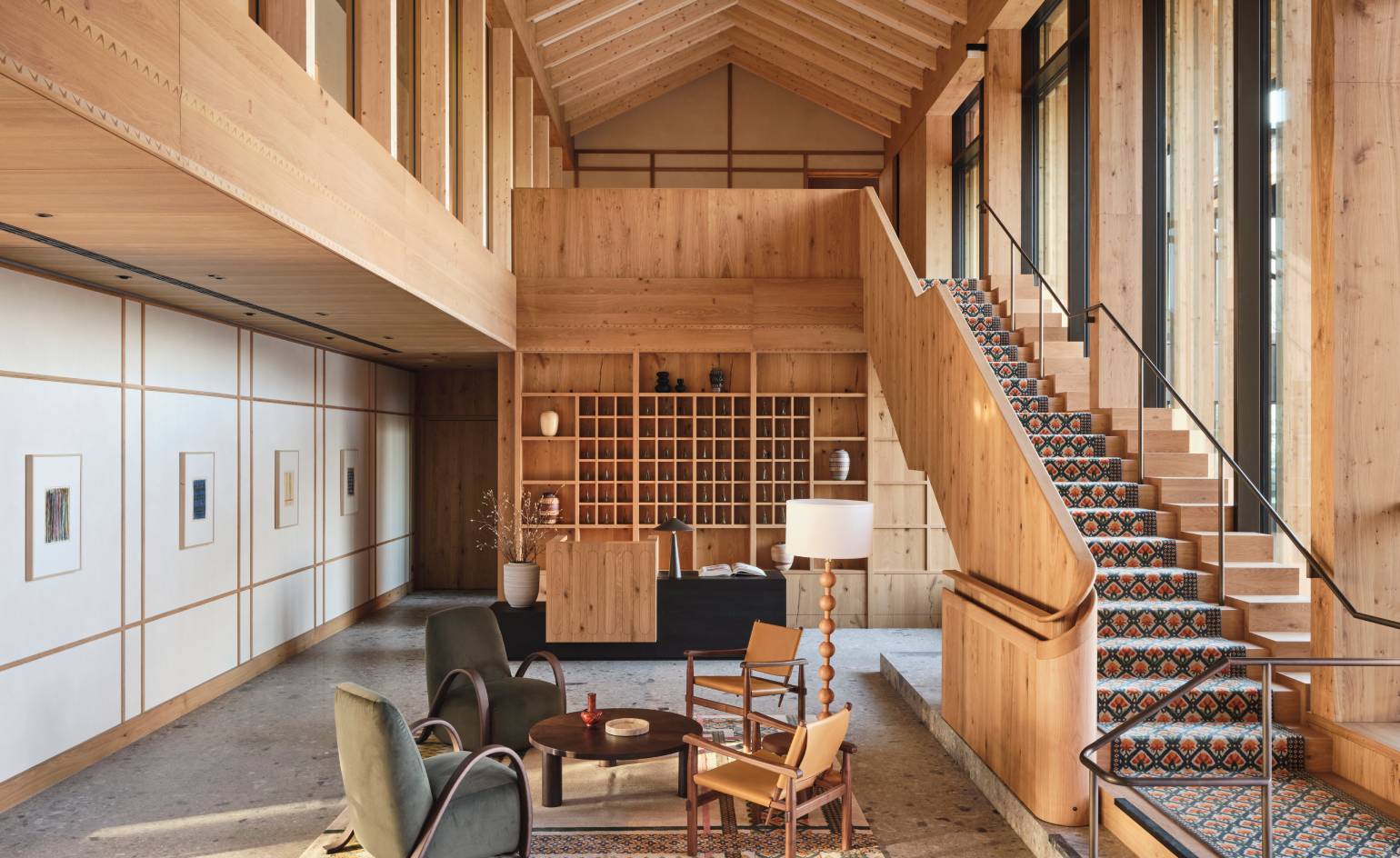 In the foothills of the Bavarian Alps, Chiemgauhof Lakeside Retreat elevates cabin-style charm
In the foothills of the Bavarian Alps, Chiemgauhof Lakeside Retreat elevates cabin-style charmArchitect Matteo Thun gives a masterclass in clean lines and traditional craftsmanship with this stylish German retreat in harmony with its surroundings
-
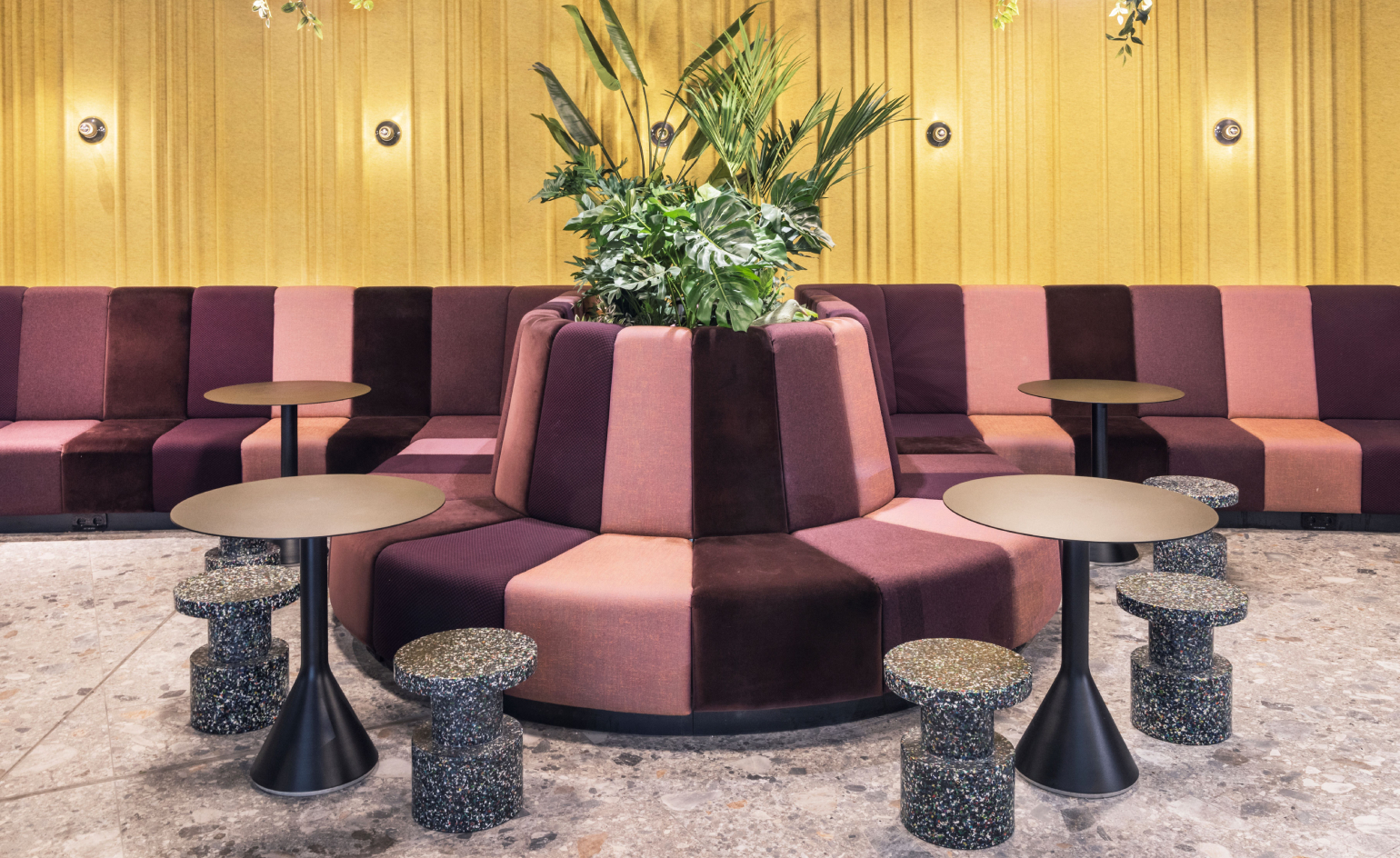 Hamburg’s new food court Le Big TamTam offers traditional flavours in an irreverent setting
Hamburg’s new food court Le Big TamTam offers traditional flavours in an irreverent settingLe Big TamTam, designed by Studio Aisslinger, marks a new era in Hamburg’s hospitality-rich Hanse District
-
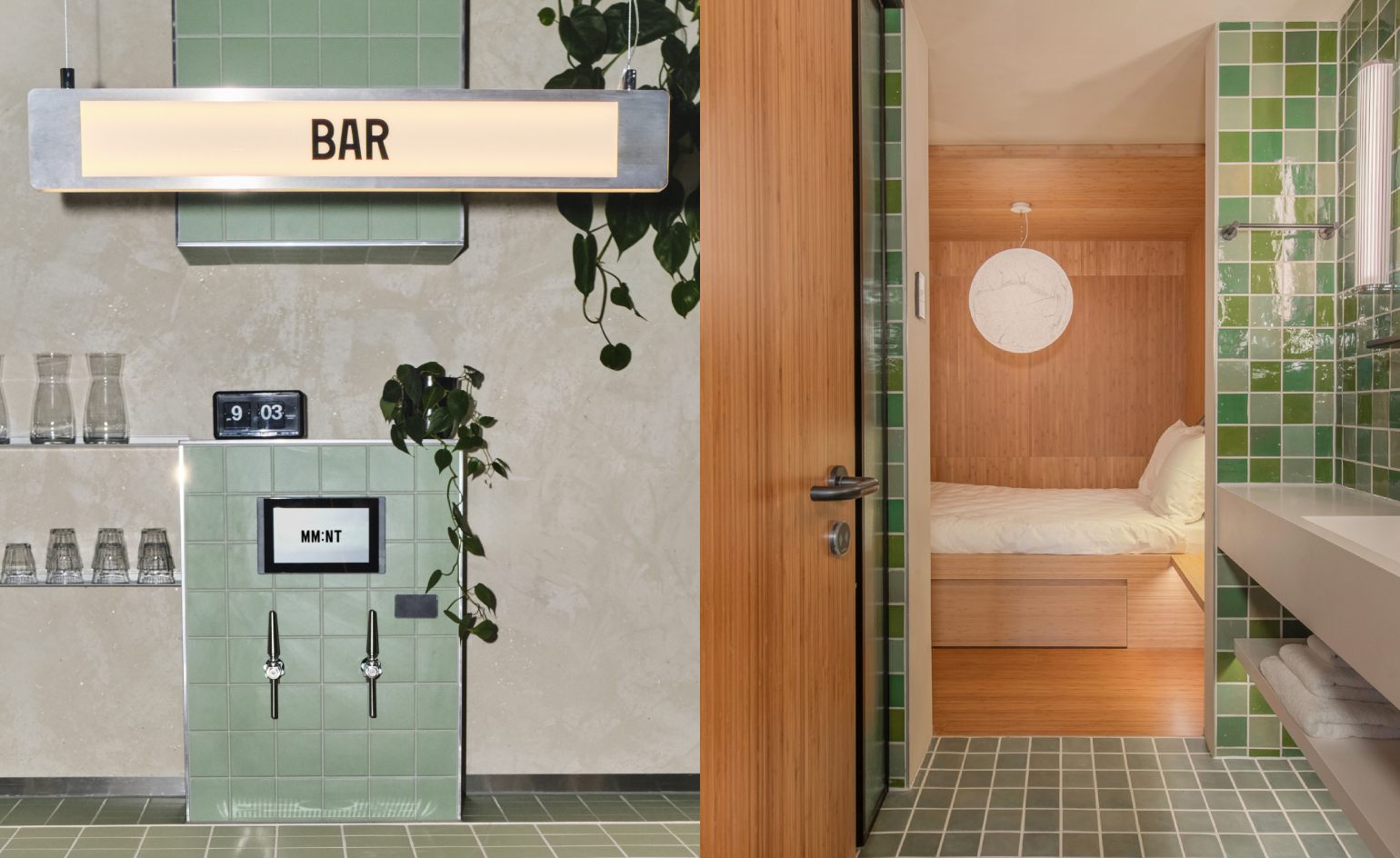 Inside MM:NT Berlin Lab, the new futuristic aparthotel captivating the tech-savvy
Inside MM:NT Berlin Lab, the new futuristic aparthotel captivating the tech-savvyWallpaper* spends two nights at the currently-on-trial MM:NT Berlin Lab, a digitally hosted escape for guests who value independence
-
 Fire and salt fuel the new Beef Club eatery at Volkswagen’s Autostadt
Fire and salt fuel the new Beef Club eatery at Volkswagen’s AutostadtBeef Club, revamped by Ester Bruzkus Architekten, turns to fire and salt in its cooking as well as its interior inspiration
-
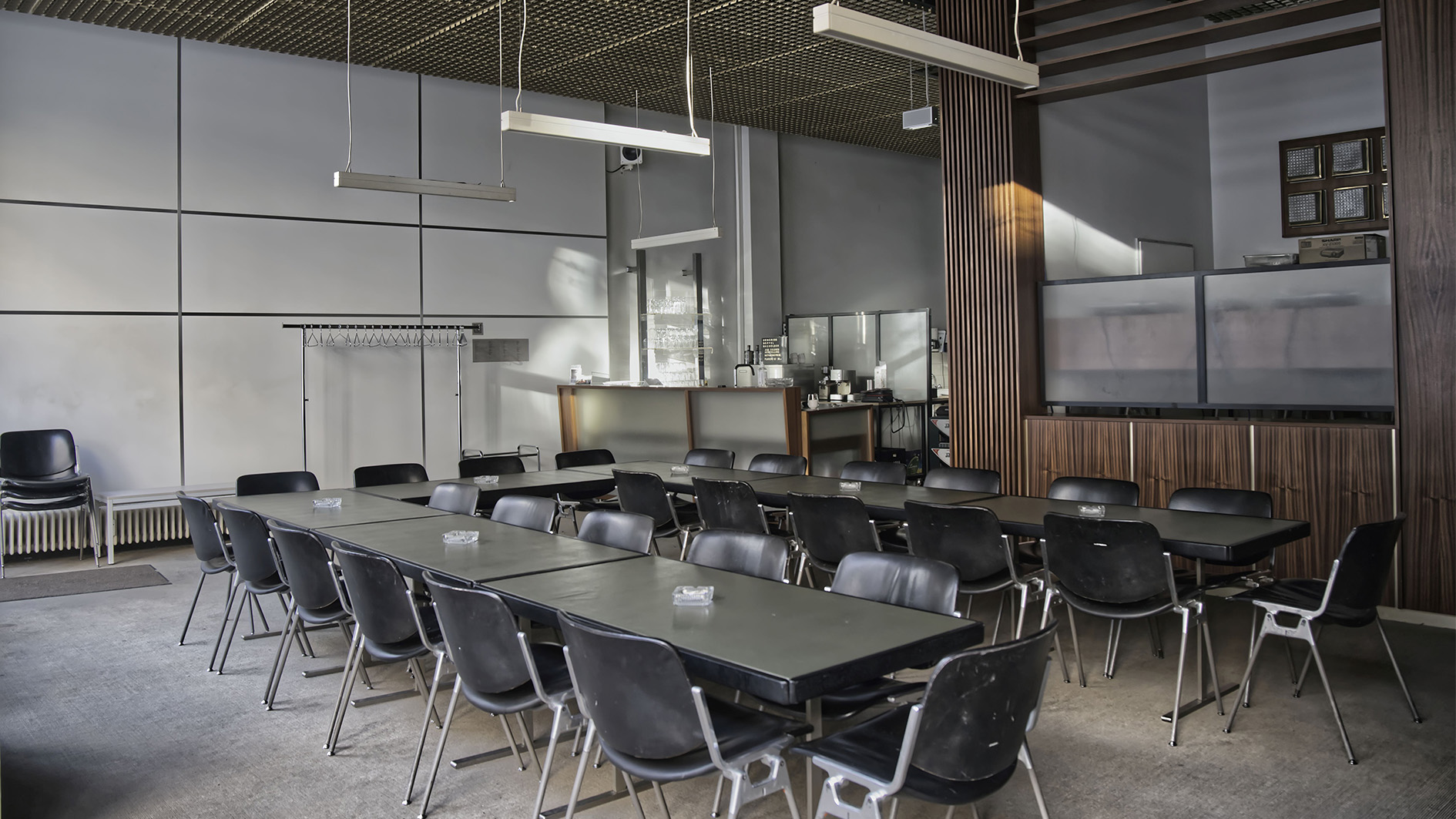 Hamburg’s Central Congress Bar is all about 1960s smoky boardroom glamour
Hamburg’s Central Congress Bar is all about 1960s smoky boardroom glamourCentral Congress Bar in Hamburg offers an unconventional and retro respite from the working week
-
 Rosewood Munich’s opulent elegance embraces its historic features
Rosewood Munich’s opulent elegance embraces its historic featuresRosewood Munich balances historic detailing with modern luxury to create a quiet German escape
-
 Locke at East Side Gallery: step inside its characterful interiors in Berlin
Locke at East Side Gallery: step inside its characterful interiors in BerlinLocke at East Side Gallery in Berlin opens its doors; get ready to check into its dynamic interiors by Grzywinski+Pons